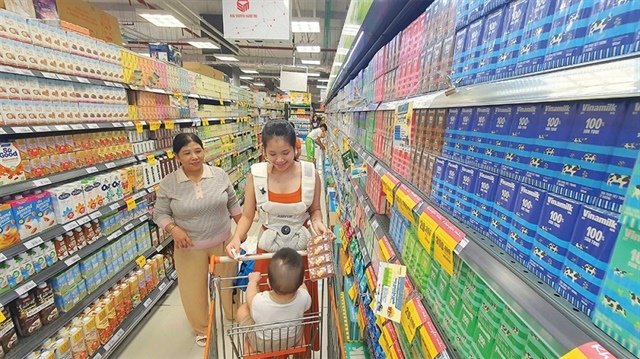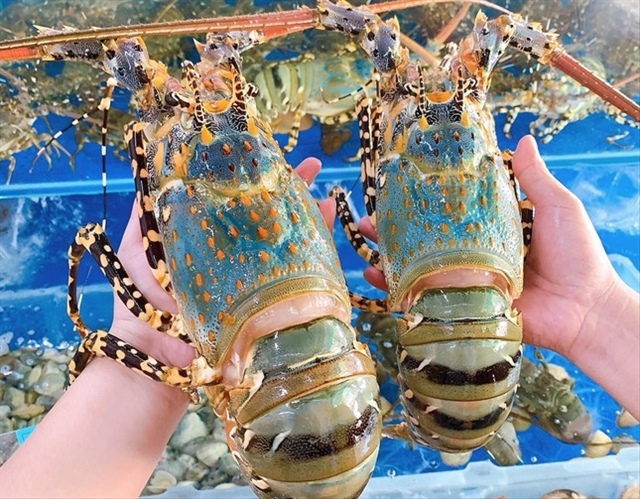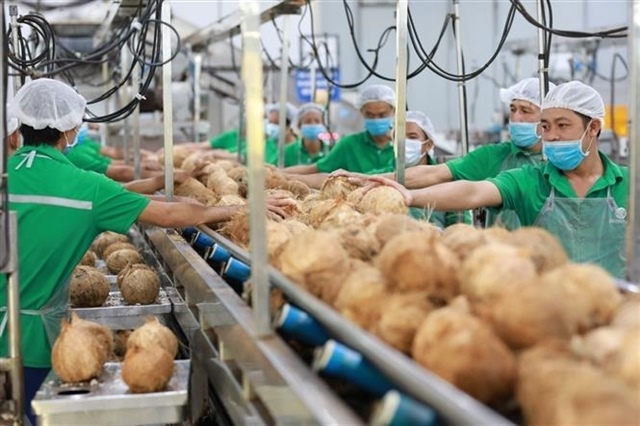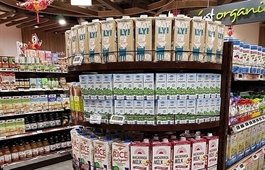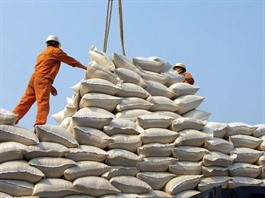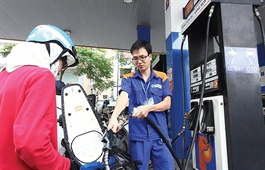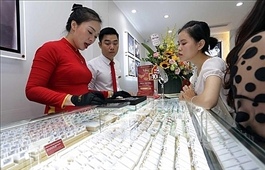Pig sellers urged to aid in balancing out prices
Pig sellers urged to aid in balancing out prices
Major livestock firms Hoa Phat Group, CJ Vietnam, and Japfa Comfeed have denied accusations from the Department of Livestock Production that they are failing to co-operate with the government to stabilise the selling price of pigs in order to balance the supply and demand ratio – even leading to the department to have to issue a partial apology over its data.
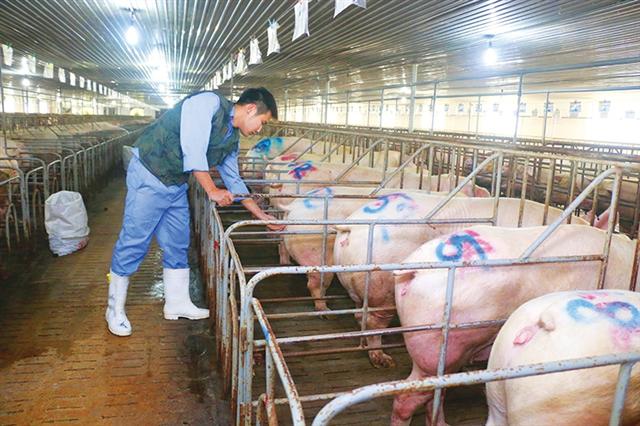
Japfa, CJ, and Hoa Phat were singled out for criticism by the MARD’s Department of Livestock Production, Photo: Le Toan
|
A fresh report from the Ministry of Agricultural and Rural Development’s (MARD) Department of Livestock Production (DLP) on the husbandry sector and pork price movement has mentioned the names of some businesses believed to have not followed the direction of the government in controlling the price of live hogs.
Since early April the price of a live hog kilogramme has risen, at an average level of VND100,000-140,000 ($4.35-6), due to a lack of supplies. Previous to that, a vast number of sows and piglets died during the African swine fever (ASF) epidemic in the second half of last year, while some good sows were restricted to mating only.
In recent months, the MARD organised meetings and sent delegations to discuss solutions for epidemic prevention with big husbandry businesses. Talks also revolved around strengthening supply resources and reducing the price of live hogs. Many agreed to comply with government requests to offer selling prices at VND74,000-76,000 ($3.20-3.30) per kg, but the ministry noted that some others like South Korea’s CJ Vietnam, Vietnam’s Hoa Phat Group, and Indonesia’s Japfa Comfeed did not. The report stated that the groups in questions failed to cut down the selling price of live hogs in line with the direction of the government, and often did not open for sales in order to feed pigs and boost their weight, causing the supply deficit and pushing prices higher.
Business denial
In the wake of the MARD’s report, all three businesses expressed surprise and grievance. Representatives from CJ, Hoa Phat, and Japfa Comfeed told VIR that they have always offered selling prices on par with other companies such as C.P. Vietnam, Dabaco, and Mavin – the groups praised by the ministry for complying with the call to reduce the price of live hogs.
Do Hoang Long, development and sales manager of Japfa Comfeed, one of 500 biggest firms in Vietnam, insisted that the company has never stopped selling pigs, even at weekends or on national holidays. “An average of 700 pigs in the north and 1,000 pigs in the south are offered for sale every day – there is no day we trade no pigs,” said Long.
At Japfa Comfeed, every client with a code can buy as much as the company offers based on the volume they had bought in previous months.
“From April, the price of Japfa Comfeed’s live hogs has never been higher than that of other players,” Long explained. “It was VND72,000 ($3.15) per kg on average in April, VND75,000 ($3.25) in May, and nearly VND80,000 ($3.50) in June and July.”
Long showed VIR the group’s database of all transactions over the last four months, adding that misunderstanding between Japfa Comfeed and the DLP must be the reason for the accusations and, in fact, a representative of the department has since talked with the deputy general director of the company to apologise for negatively naming Japfa Comfeed in the report.
Meanwhile, a representative of CJ Vietnam, one of the leading foreign-invested meat processing companies in the country, reaffirmed that this company’s prices are no higher than that of the biggest player from Thailand, C.P. Vietnam, which has been setting prices at around VND80,000 ($3.50). “Our general director has already called the DLP talking about this, and the head of the department pledged to check the source of this information,” the representative said.
Meanwhile, a spokesperson for Hoa Phat said that the company is a very new player in husbandry with only three farms and 10,000 sows.
“We are quite new with very little productivity compared to the rest of the sector, so it is hard for us to impact the selling price on the market,” the spokesperson said. “We are working with the MARD to understand how they calculate the price stabilisation index of every business.”
Hoa Phat, one of Vietnam’s largest steel producers, has been engaging in agricultural projects for a few years.
Long-term issue
At present, re-populating herds is considered an urgent solution to balance the supply and demand on pork in the domestic market.
According to MARD statistics, in the first six months of 2020, husbandry companies imported a total of 6,000 great grandparent, grandparent, and parent pigs to serve for reproduction. Comparing to the figure of 5,000 breeding pigs of last year, the husbandry companies registered to import 10,000 breeding units this year. Nguyen Van Trong, deputy director of the DLP said that as of June, Vietnam boasted 2.29 million breeding pigs, 115,000 of which are great grandparent and grandparent pigs.
He predicted that with these volumes, the ratio between supply and demand will eventually balance out, contributing to a drop in price.
However, according to representatives of numerous husbandry companies including Japfa Comfeed and Dabaco, if ASF continues to be a threat and cause difficulties for households and small-scale breeding farms in re-populating herds, the selling price of pigs and pork will be maintained at the high level into next year. The main supply, industry leaders said, will depend on the husbandry companies that own breeding pigs, feed, and farm systems. Being aware of the importance in balancing supply and demand, husbandry firms are making efforts to increase breeding pigs and pigs sent to market.
After suspending the mating of pigs for several months due to ASF, Japfa Comfeed then mated 1,400 young pigs. After success in maintaining 50,000 great grandparent, grandparent, and parent pigs during the epidemic’s peak, Japfa Comfeed imported an additional 600 units and has plans to import 2,000 more breeding pigs to create millions of pigs for market this year. Nguyen Chi Cong, deputy general director of Japfa Comfeed Vietnam said, “This year, we target to increase 20 per cent in terms of pigs on-year to 800,000 units. The figure is expected to increase to 1.1 or 1.2 million next year.”
Next month the company will import over 1,000 sows to serve for its re-populating plan, and for selling breeding pigs to households.




